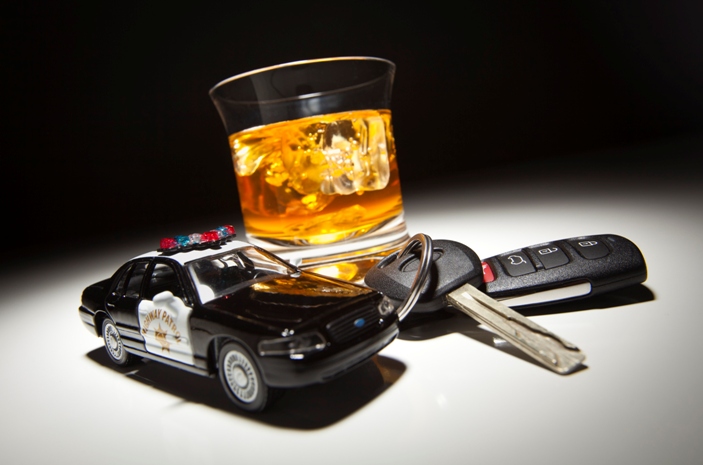
It is necessary to get behind the wheel, and recently was drunk alcohol? The article contains information about how much you can control the machine after drinking various alcoholic beverages, as well as after surgery.
The content of the article
- What can be the level of alcohol in the blood and the permissible level of alcohol in the blood
- What is the effect of alcohol on the body?
- After how much after the drunk glass you can drive?
- After how much after a bottle of beer can you get behind the wheel?
- How long after whiskey to drive?
- How much after cognac can you drive?
- After how long after the glass of champagne can you drive?
- How much after vodka can you get behind the wheel?
- How much after Martini can you drive after Martini?
- Can I get behind the wheel after surgery?
Alcohol is called one of the allowed drugs. Unfortunately, people not only sometimes drink, but also abuse alcohol. It is categorically impossible to drive after drinking alcohol. But when does it end “after”?
What can be the level of alcohol in the blood and the permissible level of alcohol in the blood
The level of alcohol in the blood is measured in units called ppm is from the Latin per mille, that is, by a thousand. In fact, 1/1000 something in another volume is measured, for example, 1/1000 salt in sea water, or 1/1000 alcohol in human blood.
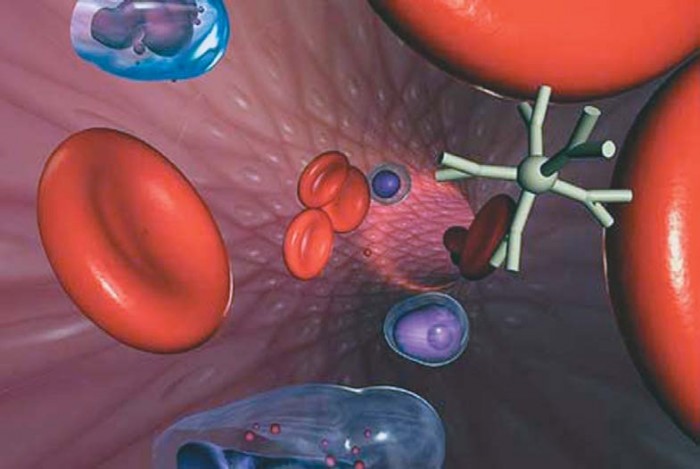
The concentration of alcohol in the blood depends on the strength of the drink, the dose and the degree of intoxication.
You can measure the level of concentration of alcohol in the blood of a person using the alkemometer device. The alcometer captures this level on an exhausted person with air. In the number of symbolism, this is expressed by ‰.
A scale has been developed for a long time, which determine the levels from the safe, so -called, natural, concentration of alcohol in the body to the degree of alcohol poisoning. So, the number 0.3 ppm is considered a natural level, but the number 3, 0 is already critical alcohol poisoning.
The levels of intoxication are the following:
- with an indicator of 0, 5 - 1, 5, intoxication is considered easy
- 1, 5 - 2, 5 - intoxication of medium severity
- 2, 5 - 3, 0 - the state of strong alcohol intoxication
You can read about this in detail in the material
What is the effect of alcohol on the body?
The effect of alcohol on the body depends on the intoxication stage.
- Light alcohol intoxication. With mild alcohol intoxication, mental, autonomic and neurological disorders that affect the reactions and behavior of a person are recorded. With a slight intoxication, mental stress can be removed, while a person has a mood, he becomes fun and free, he wants to say and he feels that he is able to do a lot of things. As the proverb says, "the drunken sea is knee -deep." However, at the same time, some of his mental capabilities, for example, concentration, are dull, the level of reaction to the external environment, including space, is reduced
- Alcohol intoxication of medium severity. With intoxication of moderate severity with a large amount of alcohol drunk, an aggression, anger and irritability appears. From a physiological point of view, the excitation period is recorded, which is later replaced by lethargy, oblivion and sleep. There is a violation of coordination of movements and a depressed state. The body shows signs of intoxication - malfunctions in the heart rhythm, thirst, nausea, etc.
- Strong alcoholic intoxication. It is characterized by violations of consciousness, orientation in space, memory loss, severe intoxication and violations of the vestibular apparatus. The state of stupor, immobility develops. Paralysis of the respiratory cent and the vasomotor center, amnesia, sometimes even death may occur
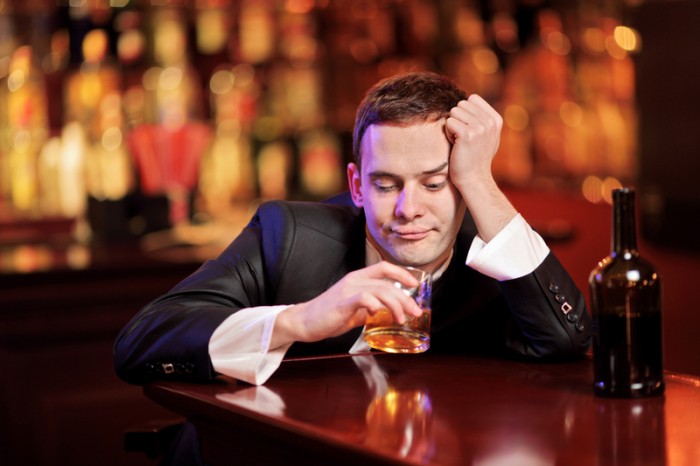
Alcohol, even in small doses, slows down the speed of the reaction and reduces attention.
Alcohol is excreted from the body through the liver by oxidation. A small part of it is excreted through other excretional organs - skin, kidneys, lungs. It is impossible to accelerate the process of alcohol elimination from the body until all the physiological stages of its excretion end. A certain time should pass until these stages are completed.
Important: any dose of alcohol, even insignificant at first glance, can cause consequences. It all depends on the body, on the conditions when alcohol was taken and what kind of fortress it was - after a plentiful food or on an empty stomach - in what condition the body, is healthy, was exhausted, and so on. Parameters such as the weight and gender of man, his age, his individual metabolism, even his mood are also important
From the side of alcoholic beverages, their fortress (ethanol content), the volume of the drink and its appearance should be taken into account. If it is champagne, then you need to take into account the carbon dioxide contained in it. It contributes to a faster absorption of alcohol, so intoxication occurs sooner.
It is noted that after taking alcoholic drinks, alcohol is concentrated in the blood as much as possible after 30 minutes. It is displayed at a speed of 0, 12 - 0, 15 (women and men) ppm per hour.
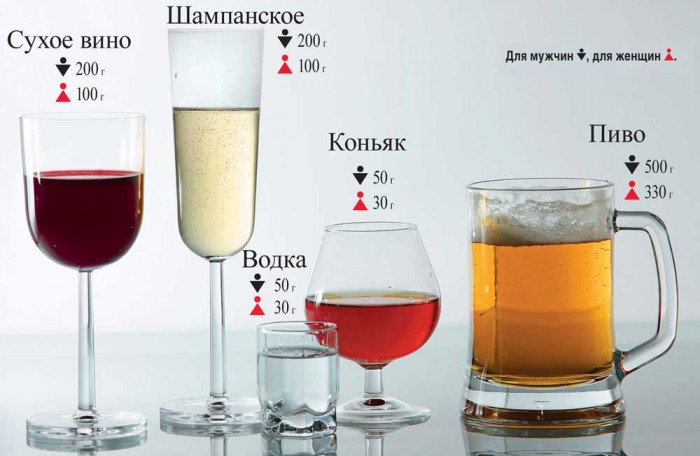
The permissible dose of alcohol depends on the floor.
With the help of an alkemometer, you can determine the level of concentration of alcohol in the blood at any time. It is also possible to calculate the time when alcohol is completely removed from the body, and what drink and in what volume gives a certain concentration of ethanol in the blood.
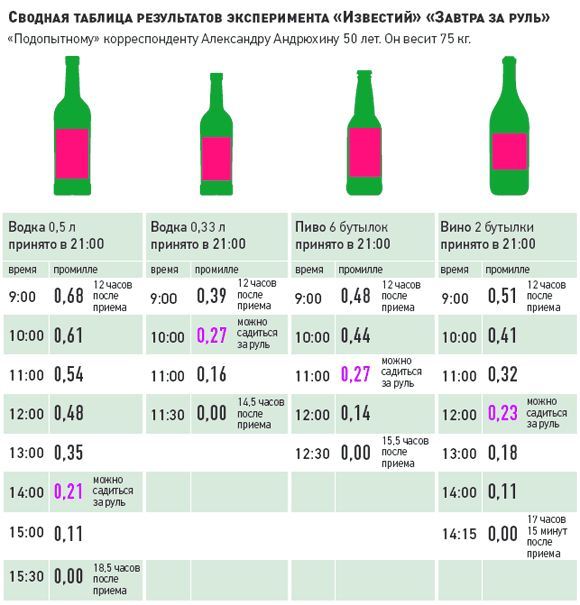
The time when you can drive after drinking alcohol depends on the fortress of the drink.
Video: p there is behind the wheel after alcohol
After how much after the drunk glass you can drive?
- In some European countries, you can drive after a glass of wine drunk in the evening. Our prohibitions are tougher.
Wine with a fortress +/- 10 degrees is excreted from the body faster than other alcoholic beverages - According to the experiments conducted at different times, one glass of red wine will give an indicator 0, 48 ppm, 2 glasses - 0, 68 ppm. If you drink a bottle of 750 ml, then the concentration of alcohol in the blood will be 1, 15 ppm, in an hour it will be even larger, and alcohol will begin to be excreted after 3 hours, reaching the indicator 0, 75 ‰
- The level of ethanol will reach the natural norm (0, 2 ‰. - 0, 00 ‰) only after 8 - 12 hours.
If you take stronger wine, for example, port, then it will be even more slow, from 9 to 13 hours, depending on the different parameters described above.
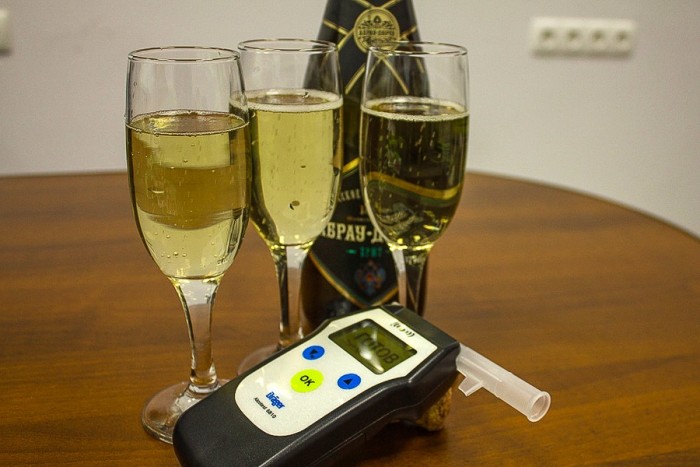
After a bottle of wine, you can drive in 8 - 13 hours.
After how much after a bottle of beer can you get behind the wheel?
A feature of beer is that it is faster than other alcoholic beverages is excreted from the body, although it gives immediately after the first mug, a significant indicator of the concentration of alcohol in the blood.
As soon as a person drank a mug of beer, this indicator can reach 0, 70 ‰. But in an hour it will be less. However, the result of drinking a half -liter bottle of beer will make it possible to drive behind the wheel no earlier than 5 hours after consumption. The approximate fortress of beer is 4, 5 - 6 degrees.
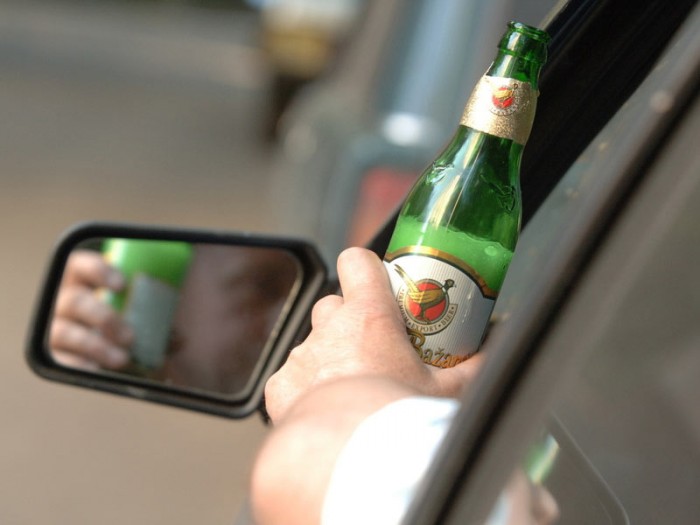
After a bottle of beer, you can drive in 5 hours.
How long after whiskey to drive?
The fortress of whiskey is 40 degrees, like vodka. 100 ml of this drunk drink can be removed from the body after 3, 5 - 6 hours, and 300 g after 11 - 18 hours.
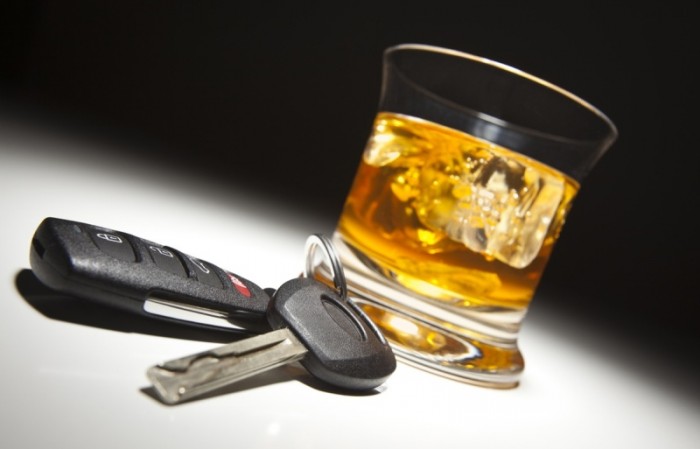
After whiskey and cognac, you can drive after 11 - 18 hours.
How much after cognac can you drive?
Cognac fortress - 40 - 42 degrees. 100 ml of a drink will be bred after 4 - 6 hours, 300 g - after 11 - 19 hours.
After how long after the glass of champagne can you drive?
A glass of champagne with a volume of 100 ml is removed from the body after 1, 5 - 3 hours.
How much after vodka can you get behind the wheel?
No less than 12 hours after, even if only 100 g, not a bottle of 0, 5, was drunk. Vodka is first absorbed in the stomach, then enters the bloodstream. If the stomach is empty, the process of absorption into the blood will occur faster, as well as the process of eliminating alcohol from the body. True, on an empty stomach and intoxication occurs faster.
How much after Martini can you drive after Martini?
Martini fortress is different, depending on the type of vermouth - from 13 (Bianko variety) to 25? (Bitter variety). 100 g of Martini’s spinning vermouth will be removed from the body in 2 to 3 hours, if you enjoy the whole bottle of this drink, you will have to wait 8 to 13 hours to the state of sobriety.
Can I get behind the wheel after surgery?
Operations are different - minimally invasive, abdominal and others. However, as a rule, with any surgical intervention in the body, a person will previously do anesthesia and introduce anesthesia.
Of course, after serious surgical interventions, there is a recovery period that can last up to six months. During the recovery period, driving a car will become impossible for various reasons.
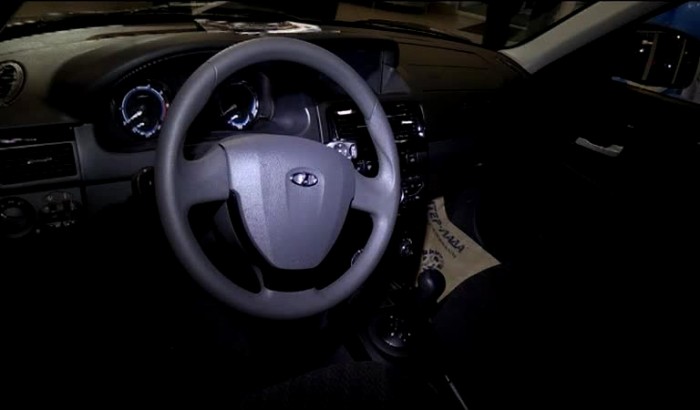
Even if the operation was easy and minimal, the next after it is not recommended to drive a day.
- With simple operations, for example, tooth extraction, pain relief is also done. A neuroleptics, psychotropic and opium -containing drugs affecting the state of the psyche, reaction speed and coordination of movements can be used as painkillers.
- An important factor will be the individual tolerance of painkillers, but the general recommendation will still be to refrain from driving vehicles even after lidocaine and novocaine for at least 24 hours
- The doctor who conducted the operation will definitely warn the patient about this. Therefore, if you went to diagnostics requiring anesthesia, a small operation of various kinds or tooth extraction, leave the car at home or in the parking lot - let your relatives or taxi deliver you to your home
